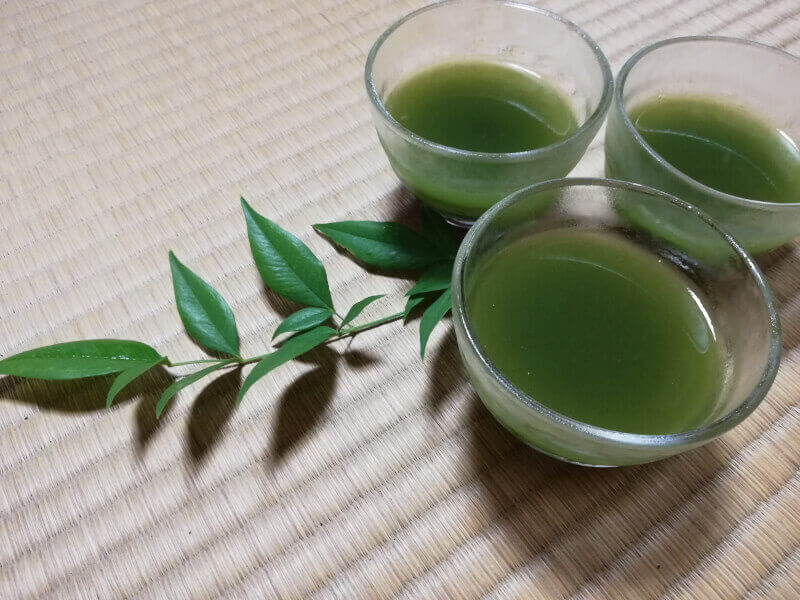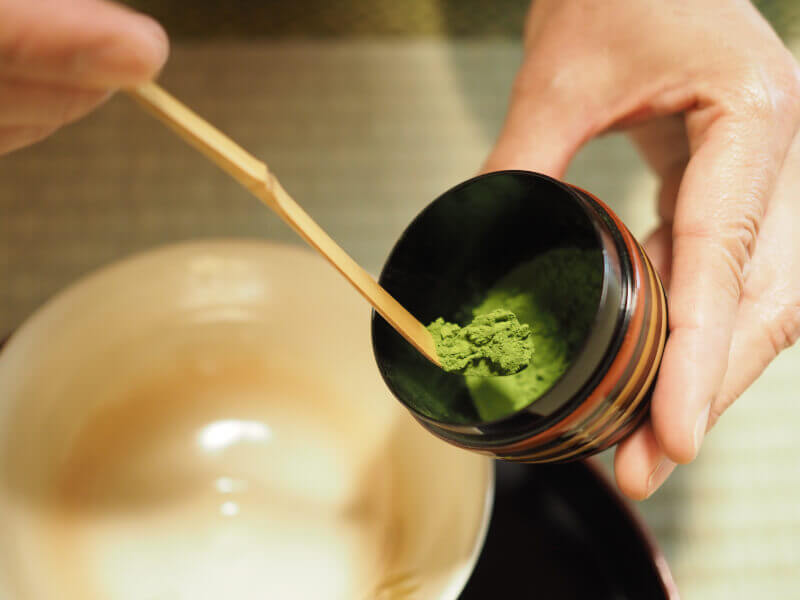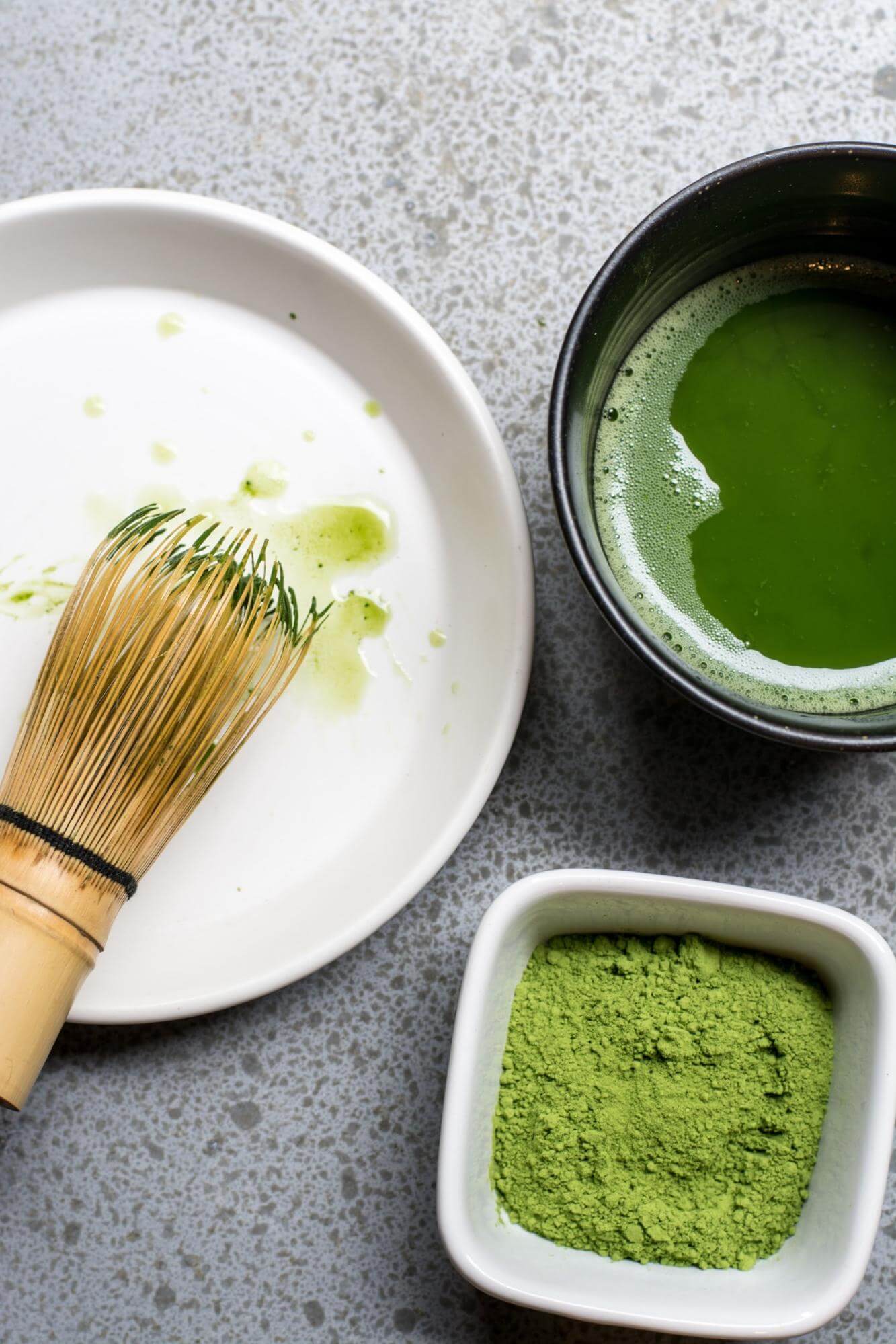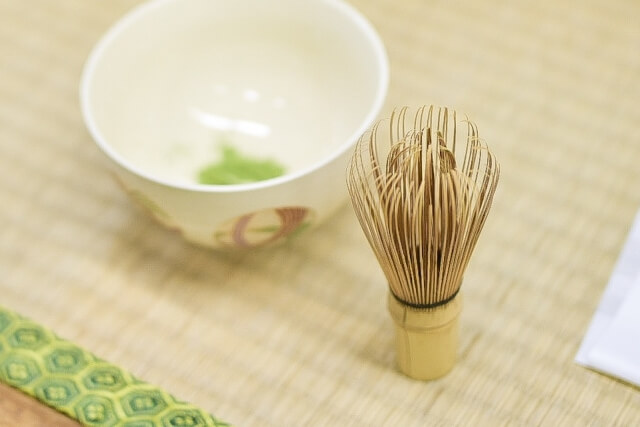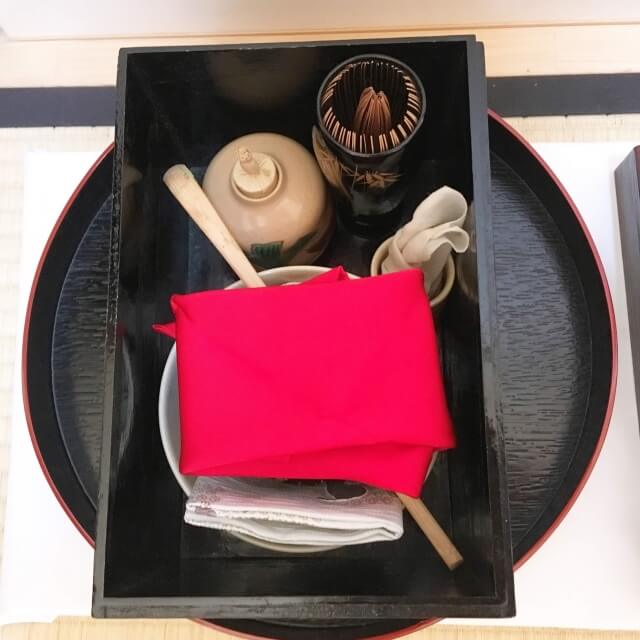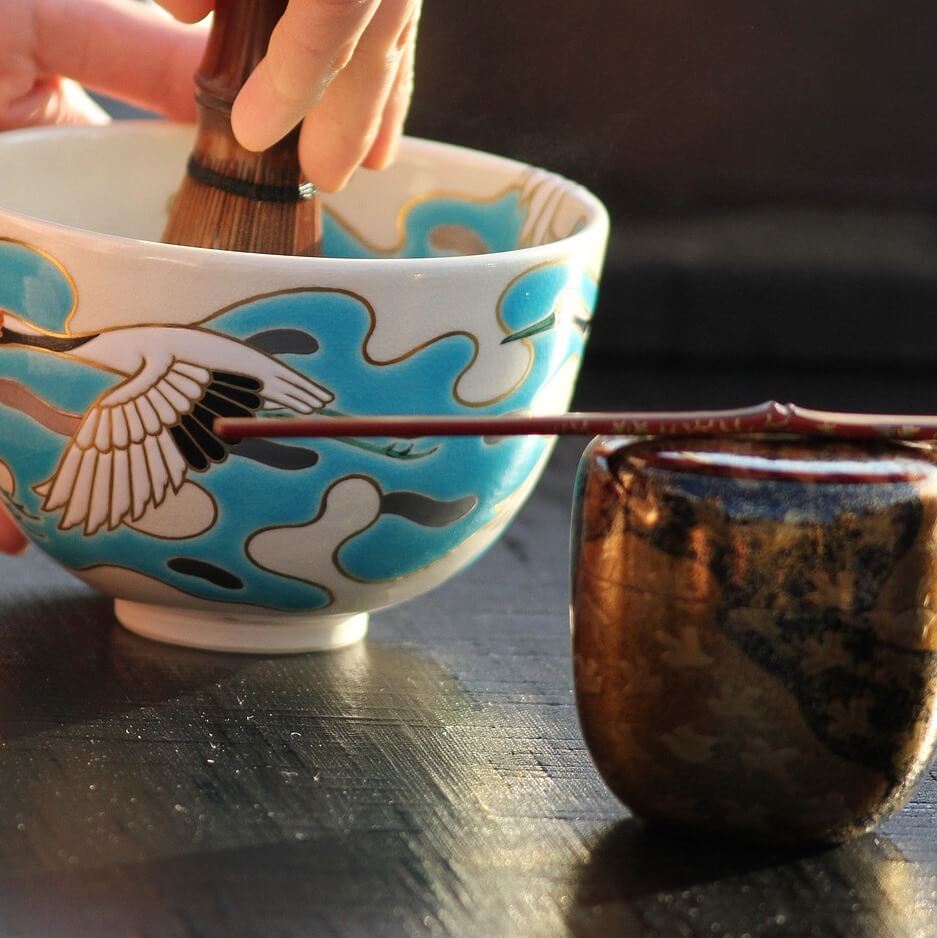

July2025
| Su | Mo | Tu | We | Th | Fr | Sa |
|---|---|---|---|---|---|---|
August2025
| Su | Mo | Tu | We | Th | Fr | Sa |
|---|---|---|---|---|---|---|
September2025
| Su | Mo | Tu | We | Th | Fr | Sa |
|---|---|---|---|---|---|---|
October2025
| Su | Mo | Tu | We | Th | Fr | Sa |
|---|---|---|---|---|---|---|
November2025
| Su | Mo | Tu | We | Th | Fr | Sa |
|---|---|---|---|---|---|---|
December2025
| Su | Mo | Tu | We | Th | Fr | Sa |
|---|---|---|---|---|---|---|
January2026
| Su | Mo | Tu | We | Th | Fr | Sa |
|---|---|---|---|---|---|---|
February2026
| Su | Mo | Tu | We | Th | Fr | Sa |
|---|---|---|---|---|---|---|
March2026
| Su | Mo | Tu | We | Th | Fr | Sa |
|---|---|---|---|---|---|---|
April2026
| Su | Mo | Tu | We | Th | Fr | Sa |
|---|---|---|---|---|---|---|
May2026
| Su | Mo | Tu | We | Th | Fr | Sa |
|---|---|---|---|---|---|---|
June2026
| Su | Mo | Tu | We | Th | Fr | Sa |
|---|---|---|---|---|---|---|
July2026
| Su | Mo | Tu | We | Th | Fr | Sa |
|---|---|---|---|---|---|---|
Hiroshima has a long and complex history. Visiting this city will fill your trio with experiences, emotions, and memories that will last forever. However, when you visit this city, you may be seeking more than simply visiting a few sites and tourist attractions. You want a deeper experience of Japan and its culture. That is why so many attend the ancient art of serving tea, the Japanese tea ceremony. Also known as the 'way of tea,' this ceremony is a traditional ritual that has been passed down through generations and plays an important role in Japanese culture.

Very good experience! I learned step by step how to prepare the Hiroshima style Okonomiyaki dish. Mito san is an excellent hostess with her baby rabbit. ¡Muy buena experiencia! Aprendí paso a paso cómo preparar el plato Okonomiyaki al estilo de Hiroshima. Mito san es una excelente anfitriona ...
Our cooking class with Yusuko was very unique and a lot of fun. She is a very kind host and provided a relaxing and enjoyable atmosphere... we feld like home.
Thank you for the wonderful personal experience that you gave our family today Yasuko. We loved learning how to cook Hiroshima Okonomiyaki in your charming guest house and we really appreciated you speaking to us in English. We would definitely recommend this experience to others. Adele and fami...
Yasuko was lovely , and the perfect host . She was so keen to make sure we had a great time . I would recommend anyone to visit her .
An informal and wonderful experience. Warm heartfelt and generous hospitality. Yasuko was delightful and the food delicious.
Let\'s cook \"Hiroshima-style Okonomiyaki\" with tea ceremony in Hiroshima is popular with other travelers visiting Hiroshima.
All tea ceremony classes in Hiroshima on airKitchen are offered in English.
Popular cheap tea ceremony classes in Hiroshima include Let\'s cook \"Hiroshima-style Okonomiyaki\" with tea ceremony in Hiroshima .
On average tea ceremony classes in Hiroshima cost ¥6000 per person (based on airKitchen prices).
The tea ceremony is about much more than just enjoying tea. It is a spiritual practice, intended to offer a sense of peace and harmony beyond our busy daily lives. It is guided by the uniquely Japanese concept of “wabi-sabi”, which celebrates the simplicity and perfection of imperfection.
Tea was first introduced in Japan from China in the 9th century. Though tea was initially prepared using tea leaves, powdered green tea (matcha) was introduced at the end of the 12th century. While at first the tea ceremony was a religious practice performed by Buddhist monks, it became a symbol of upper Japanese society. Over time, the tea ceremony spread from the court and samurai classes to the common people.
The Japanese tea ceremony is heavily influenced by Zen Buddhism. Japanese Buddhist monks were the first to introduce tea from China, and later the method of brewing tea from powdered matcha. Zen Buddhist monks saw an opportunity to practice mindfulness during the preparation and consumption of tea, shaping the tea ceremony into a spiritual practice. Wabi-cha is a Japanese tea ceremony style specifically related to Zen Buddhist principles, focused on simplicity and mindfulness.
During the tea ceremony, powdered green tea (matcha) is prepared by the host for guests following specific techniques and etiquette. Traditional Japanese confections, wagashi, are usually served alongside the bitter tea. Longer tea ceremonies include a kaiseki meal and the brewing of two types of green tea.
The length of the tea ceremony can vary, depending on the type and degree of formality. A chaji, the most formal tea ceremony, can last up to four hours – it often includes a full-course kaiseki meal. On the other hand, a chaikai is generally less rigorous and can take as little as 45 minutes to an hour.
The tea ceremony is meant to bring about feelings of peace and serenity, thus it’s important to be respectful of your host, other guests, and the tearoom throughout the ritual. Wear conservative clothes, remove your shoes before entering the tearoom, let your host seat you, and eat and drink everything served to you. Your host will guide you through the ritual, so don’t worry too much! Just be genuine and sincere.
Traditionally, simple kimonos are worn during the tea ceremony. Flashy designs are avoided in consistency with the concept of “wabi-sabi” described above. Men wear hakama, another form of traditional Japanese attire. If you are wearing Western clothing to a tea ceremony, it’s best to keep it conservative and not too casual.
Sometimes, tea ceremonies are performed as part of a traditional Japanese wedding celebration. They are often small, seated ceremonies shared among family members. Oaths are exchanged and tea is enjoyed in a peaceful atmosphere.
Traditionally, geisha performed the tea ceremony as part of the five-year apprenticeship – a maiko is an apprentice geisha. They often lead public tea ceremonies on special occasions, especially during cherry blossom season under sakura trees.
Historically, the tea ceremony was reserved for the Japanese elite – the court and samurai classes. The samurai were a powerful class at the top of the social hierarchy, and thus historically had the leisure and luxury for the tea ceremony. It wasn’t until later that the ritual trickled down and became a part of common Japanese society.
The Urasenke school is the largest of the three tea ceremony schools founded by the descendants of Sen no Rikyu, a 16th-century tea master. This school was built by Sen Sotan, Rikyu’s grandson, and prioritizes guest enjoyment of the tea ceremony. Therefore, the Urasenke school is more open to allowing guests to sit on stools for their comfort verus on the floor, as is traditional.
The Omotesenke school focuses on simplicity, adopting simple tea utensils and procedures. The tea is whisked less than the Urasenke school, making it less frothy. In addition, a whisk made from smoked bamboo (susudake) is used as opposed to an untreated bamboo whisk used by the Urasenke school.
The smallest of the three schools is the Mushanokojisenke school, or Mushakojisenke school, founded by Sen no Rikyu’s great-grandson Ichio Soushu. Like the Omotesenke school, the tea is not as foamy. There are other subtle differences between the three schools when it comes to the movements, seating style, and attire of the tea ceremony.
The chaji is the most formal version of the Japanese tea ceremony, lasting up to four hours. It typically includes an extravagant kaiseki meal and the enjoyment of traditional Japanese confections before both thick and thin green tea is served.
Though still guided by strict etiquette and guidelines, the chaikai is more informal tea ceremony gathering. Wagashi (traditional Japanese sweets) are still typically enjoyed along with thin matcha tea.
Koicha is a thick green tea that uses three times the amount of matcha as usucha. After being whisked, it is served to guests in a single bowl.
Usucha tea is a thinner and frotheir green tea, prepared using a higher water to matcha ratio. Traditionally, it is served in separate bowls to participants in the tea ceremony following the koicha.
The chawan is the tea bowl that is used to prepare and drink the tea.
One of the most memorable and important tools used in the tea ceremony is the chasen, or tea whisk, made of bamboo.
This is a ladle, traditionally made of bamboo, that is used to scoop the matcha into the tea bowl.
The chakin is a cloth used to wipe and keep the tea bowl clean during the ceremony.
The natsume is the container that contains the green tea powder.
One of the main goals that everyone has when they go on vacation is to experience and learn about the culture of wherever they are going. In this case, the culture of Hiroshima, Japan. This rich culture full of history and tradition is enlightening, and there is no better way to experience Japanese culture than by attending a tea ceremony. This is an art form of human tradition, and participating in the ceremony will inform your understanding of Japanese culture.
The traditional tea of the tea ceremony is a green tea powder known as matcha. This tea is smooth and has a good balance of flavors. The bitterness of the tea is counterbalanced by traditional Japanese sweets, wagashi, in the ceremony. The Japanese tea ceremony is an excellent way to learn how to prepare green tea and enjoy it in a traditional manner.
There are several experiences you can enjoy while you are on vacation. However, the tea ceremony experience is unique. This ceremony will have you engulfed in a rich culture that is beautiful and fluid. It will also engulf you in their way of life. You learn about more than just making tea when you attend a tea ceremony. You are experiencing a way of life that has been passed down through generations. You get to be a part of it, adapt to it, and embrace it through this ancient 'way of tea' that you can participate in during a trip to Hiorshima.















